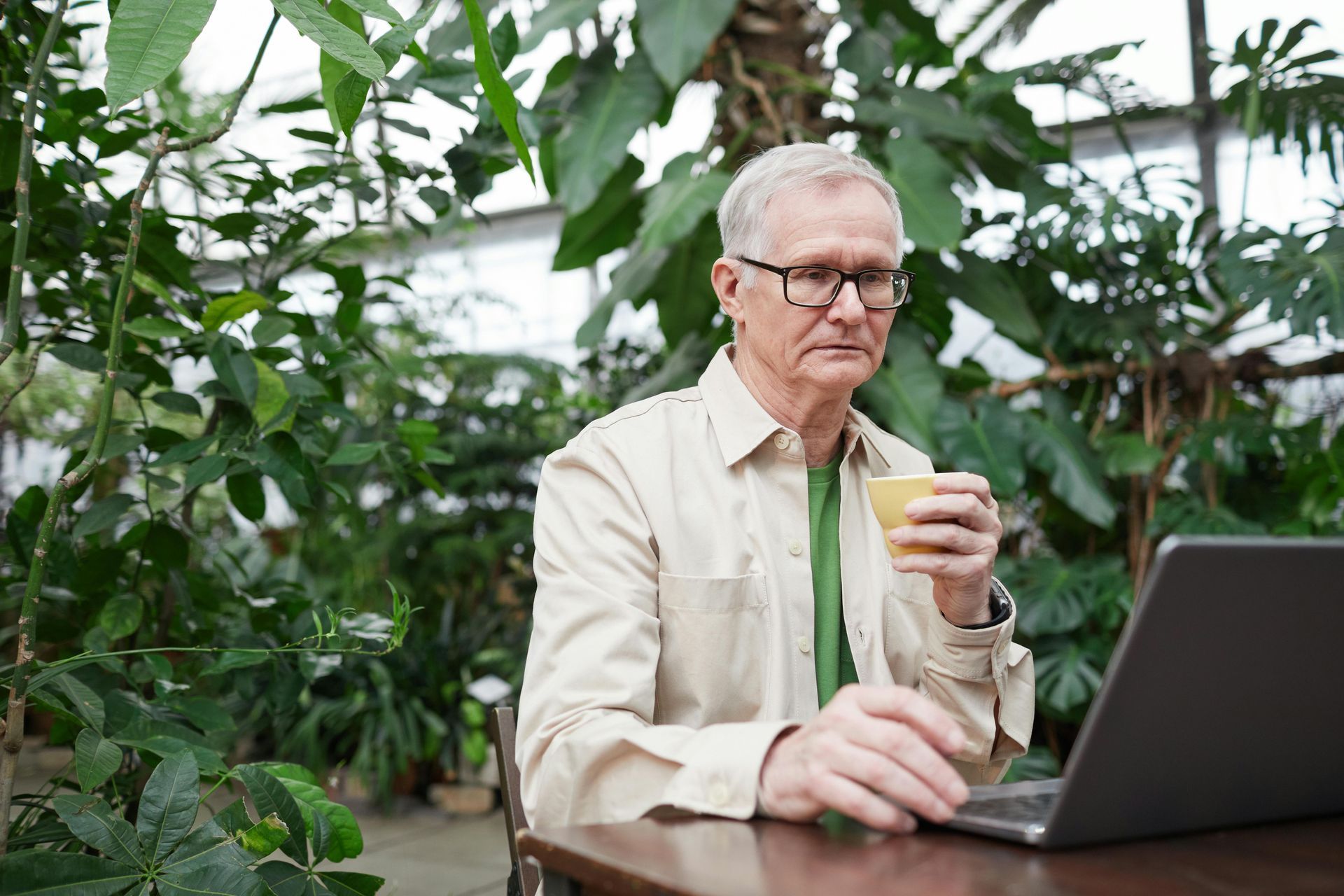Andropause
The Male Hormone Decline and How to Manage It
Andropause, often referred to as male menopause, describes the gradual decline in testosterone and other hormone levels in aging men. Unlike female menopause, which occurs abruptly, andropause progresses slowly—often beginning in late 30s to early 40s, with noticeable symptoms emerging in 50s and beyond.
What Is Andropause?
- Caused by a progressive decline in testosterone production
- Often includes reduced levels of DHEA, growth hormone (GH), and pregnenolone
- Testosterone levels drop by about 1% per year after age 30–35
- May result in hypogonadism (clinically low testosterone)
Common Symptoms of Andropause
Physical Symptoms, Mental & Emotional Symptoms:
Decreased libido and ED
Low motivation and energy. Loss of muscle mass and strength
Mood swings, depression or irritability. Increased belly fat. Brain fog, memory issues
Fatigue, insomnia. Loss of competitive drive. Hair thinning or loss
Anxiety . Decreased exercise tolerance. Reduced confidence or assertiveness
What Causes Andropause?
- Natural aging
- Chronic stress (high cortisol) – suppresses testosterone production
- Poor sleep / sleep apnea
- Metabolic syndrome or type 2 diabetes
- Obesity – increases estrogen via aromatization
- Low physical activity
- Medications (opioids, statins, SSRIs)
Treatment Options for Andropause
Testosterone Replacement Therapy (TRT)
SubQ weekly Injections,
Topical gel/cream - Daily application to skin
Pellets Implant
Non-TRT Hormonal Support (for fertility or natural stimulation)
Benefits of HRT include improved libido, muscle mass, energy, mood, and cognitive clarity.
Requires regular blood level monitoring
Lifestyle & Nutritional Support
Resistance training - boosts testosterone and muscle strength
Sleep hygiene - Testosterone surges during deep sleep
Intermittent fasting- Improves insulin sensitivity, lowers E2
Stress reduction- Lowers cortisol and protects T levels
Healthy fat intake- Cholesterol is the building block of hormones
Supplements Such as zink, vitamin D and more
Risks of Untreated Andropause
- Increased risk of cardiovascular disease
- Accelerated bone loss and fractures
- Loss of muscle mass and mobility
- Cognitive decline or early dementia risk
- Reduced quality of life and sexual well-being
Andropause is a real, progressive decline in male hormone function that can dramatically impact quality of life. With proper evaluation and personalized care—including hormonal therapy, lifestyle optimization, and supplement support—men can restore vitality, confidence, and physical performance well into older age.

